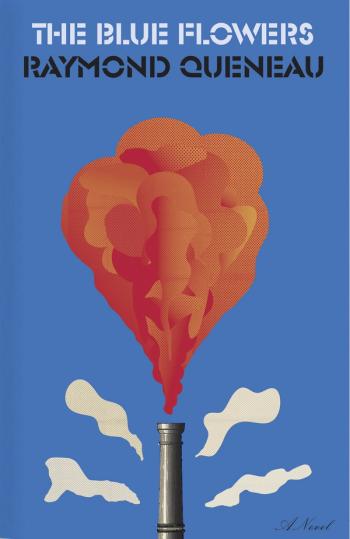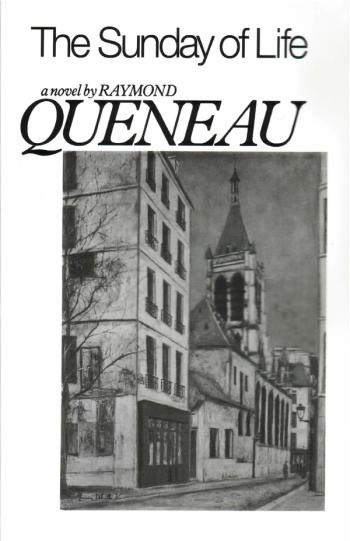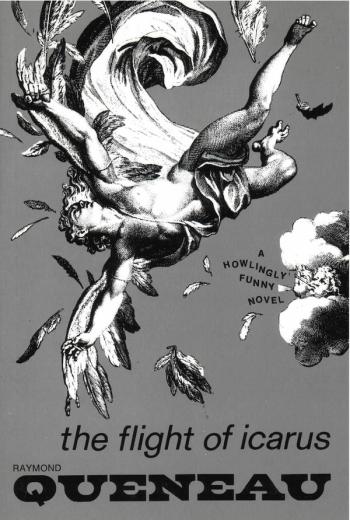On a crowded bus at midday, Raymond Queneau observes one man accusing another of jostling him deliberately. When a seat is vacated, the first man appropriates it. Later, in another part of town, Queneau sees the man being advised by a friend to sew a new button on his overcoat. Exercises in Style, Queneu’s experimental masterpiece and a hallmark book of the OULIPO literary group, retells this unexceptional tale in ninety-nine exceptional ways, employing writing styles such as the sonnet and the alexandrine, onomatopoeia and even Cockney.
A 65th Anniversary Edition includes twenty-five exercises by Queneau never before published in English translated by Chris Clarke, as well as new exercises by contemporary writers Jesse Ball, Blake Butler, Amelia Gray, Shane Jones, Jonathan Lethem, Ben Marcus, Harry Mathews, Lynne Tillman, Frederic Tuten, and Enrique Vila-Matas.





